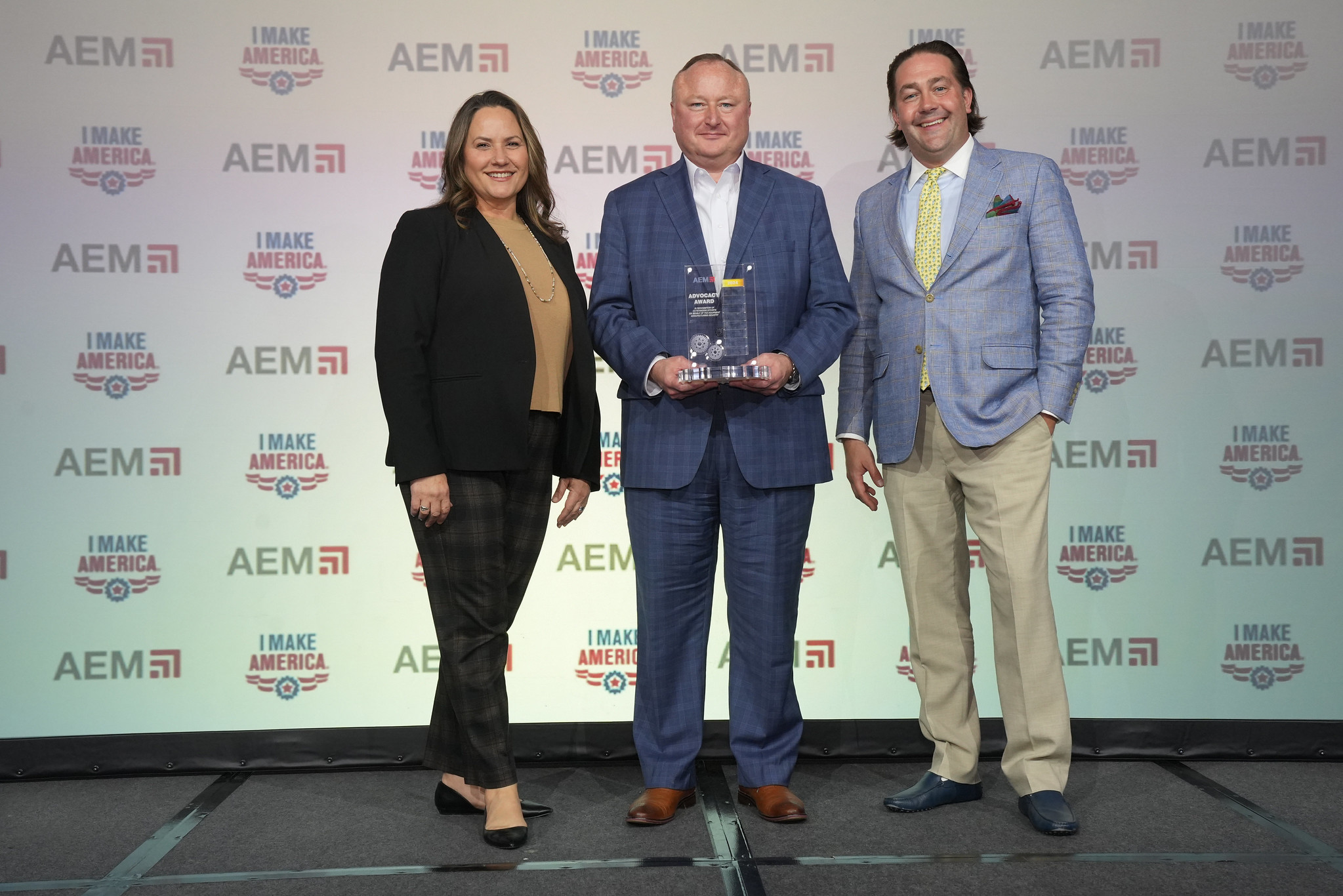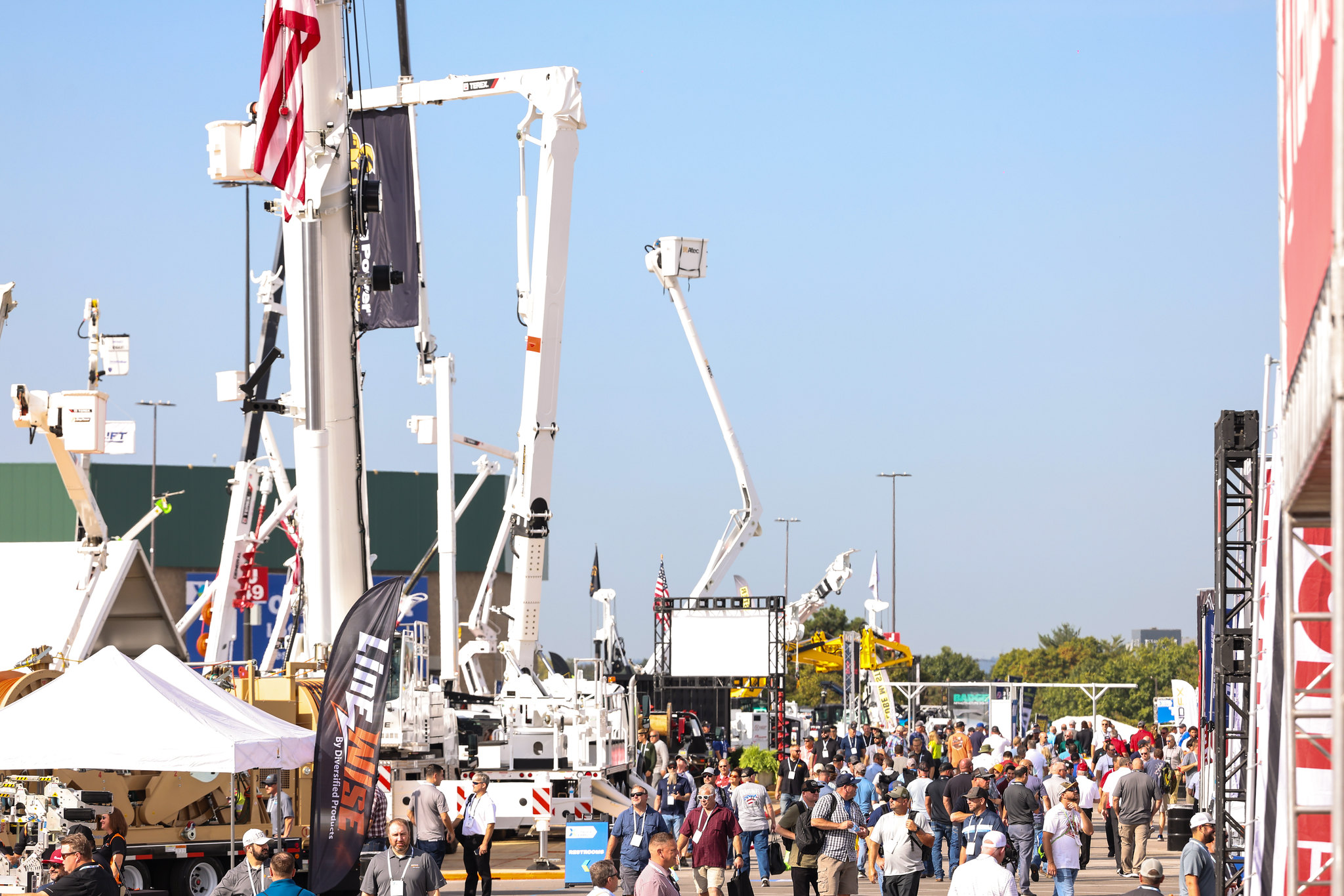By Sam Rathburn, Technical Manager, Safety & Product Leadership —
The enormous potential of autonomy and its expected impact on the off-road industry cannot be denied. From helping to create safer work environments and improving productivity to reducing the need for consumable resources, autonomous equipment is already beginning to make an indelible mark on how the agriculture and construction industries build, power, and feed the world around us.
In order for technology to be developed for autonomous equipment to live up to its vast and yet-to-be-fully-realized potential, however, our industry relies heavily on an important consensus standards process. In recognizing the key role standards play, AEM and its members have been advocating for and participating in the creation of standards since 1968.
A standard is an engineering specification that defines materials, products, processes, tests, test procedures, and performance criteria to achieve a specified purpose. Standards are important in that they improve product and component compatibility, reduce risk, and improve safety.
More specifically, product standards also lead to economic benefits. The specifications found in standards help drive the product design process. And by establishing a single set of global requirements, standards can help reduce trade barriers and promote international product marketability. The standards creation process itself is designed to ensure open and balanced participation, with wide recognition, acceptance, and harmonization.
Two standards in particular, ISO3471:2008 and ISO10987:2012, have played a huge role in improving the safety, sustainability, and productivity of earth-moving machinery over the past 16 years. There are many other examples. And now, given the enormous opportunity autonomy presents to the heavy equipment industry, standards around autonomous equipment are now starting to take center stage.
Autonomous equipment is a developing technology that OEMs continue to advocate for today. This technology intends on creating a safer working environment for workers, improving productivity, and reducing the need for consumable resources. To enhance the safety, user experience, and efficiency of autonomous equipment, the off-road industry utilizes the industry consensus standards development process. To learn more, be sure to check out AEM's Standards Development - Autonomy whitepaper, or visit aem.org/insights.
How Standards are Created
Autonomy standards, just like any other off-road equipment standards, continue to be developed in accordance with the industry standards development process. One of a pair of paths are typically followed, or perhaps a combination of the two:
National Standards are developed by an American National Standards Institute (ANSI) standards development organization (SDO). ANSI accredits many SDOs, including the American Society of Agricultural and Biological Engineers (ASABE), ASTM International (ASTM), the American Society of Mechanical Engineers (ASME), the Institute of Electrical and Electronics Engineers (IEEE), and others. That said, although ANSI validates the process by which a standard is developed, it does not review the content of a standard. The content is developed by a working group (WG) within a particular SDO.
Part of the standard development process includes a review period where members of the SDO can read a draft of the standard and offer comments. All comments from both voting and nonvoting members of the SDO must be addressed. A revised draft may then be issued. Ultimately, once all comments have been addressed — including public comments — voting members come to a consensus and approve the new standard. An oversight committee then reviews the process before submitting to ANSI for final approval.
The “public comment” aspect of the process is important. ANSI must always inform the public that a standard is being developed, thereby granting the public 30 days to comment after the standards development project has been approved. The public is also granted 45 days to review the WG draft.
International Standards are developed by the International Organization for Standardization (ISO) or the International Electrotechnical Commission (IEC), or national adoption of ISO or IEC standards. Members of ISO and IEC are countries, not individuals, and are typically represented by their national standards body.
ANSI SDOs establish U.S. Technical Advisory Groups (U.S. TAGs) that serve as national mirror committees to ISO and IEC international committees. U.S. TAGs can request that ISO or IEC adopt a published U.S. or other national standard by incorporating the content into an ISO or IEC standard. A national standard can also become an international standard when other countries acknowledge their use of the standard, as well.
The drafting and balloting process is similar to how national standards are approved. One difference is that each member country provides comments via its national mirror committee. A consensus approval or disapproval vote, together with consolidated comments, is submitted to ISO or IEC through the national standards body (ANSI for the U.S.). When the completed ISO or IEC standard is published, it can be adopted as a national standard.
International standards are developed by ISO Technical Committees, Sub Committees, or Working Groups. The technical experts are put forward by an ISO country member’s national standards body. These experts understand and anticipate the challenges of their sector, using standardization as a tool to create a level playing field that benefits everyone.
Numerous ISO Technical Committees exist that AEM and its technical expert members are heavily involved in:
If interested in getting involved with international standards development, individuals can contact their national standards body by viewing the list at the ISO website. For the U.S., it’s ANSI.
International Autonomy Standards Already in Place
So much work has already been done to advance autonomous technology in the agriculture and construction equipment industries. Following are several examples of standards that have already been published:
Agricultural Machinery and Tractors
- ISO 10975: Auto-guidance system safety requirements
- ISO 18497-1 to 18497-4: Agricultural machinery and tractors – safety of partially automated, semi-autonomous, and autonomous machinery
Earth-Moving Machinery and Mobile Road Construction Machinery
- ISO 15143: Worksite data exchange
- ISO 15817: Safety requirements for remote operator control systems
- ISO 16001: Object detection systems and visual aids – performance requirements and tests
- ISO 17757: Autonomous and semi-autonomous machine system safety
- ISO 21815: Collision warning and avoidance
- ISO 23724: Remote stop function for mining equipment
- ISO 23870: Secure high-speed mobile data communication gigabit onboard speed
Autonomy Standards Still in Progress
There are also several autonomy-focused standards that are still under development as the industry continues its work.
- ISO 3502 provides reference framework and architecture for advanced automation and autonomy in mining systems.
- ISO 3991 is a safety standard for robotic feed systems related to agricultural dairy and livestock machinery.
- ISO TS 22133 is a road vehicle standard related to test object monitoring and control for active safety and automated/autonomous vehicle testing. This standard covers functional requirements, specifications, and communication protocol.
- ISO 37181 is a smart community infrastructure standard related to autonomous vehicle smart transportation on public roads
There are also several standards related to earth-moving machinery and mobile road construction machinery that are still under development:
- ISO 7334 provides a taxonomy and vocabulary for automation and autonomy
- ISO TS 15143-4&5 covers worksite data exchange
- ISO 21815-4&5 covers collision warning and avoidance
As you can see, much has already been accomplished in the area of autonomous equipment standards development, and much remains to be done. AEM will continue to advocate for the advancement of this technology, as well as the development of sound standards that help ensure there is open and balanced participation — with wide recognition, acceptance, and harmonization.





